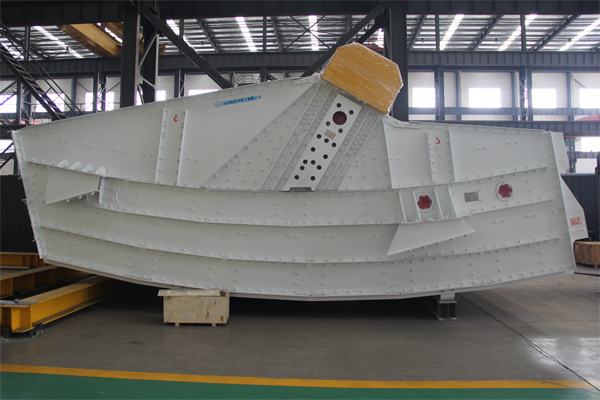How to choose vibrating screen mesh size
Choosing the right vibrating screen mesh size is crucial for achieving the desired separation or classification of materials in a vibrating screen. The mesh size directly impacts the efficiency and performance of the screen in terms of particle size separation.
The steps to help you choose the appropriate vibrating screen mesh size

Understand Your Material:
Know the characteristics of the material you are screening. Consider factors such as particle size distribution, particle shape, moisture content, and density. Understanding your material is essential for selecting the right mesh size.
Determine the Required Separation or Classification:
Define your specific screening or classification objectives. Are you trying to remove oversize particles, separate fine materials, or achieve a specific particle size distribution?
Consider the Vibrating Screen Type:
Different types of vibrating screens have varying capabilities and limitations. For example, a linear vibrating screen may excel at dewatering, while a circular vibrating screen is suitable for general screening applications.

Calculate Particle Size Range:
Determine the minimum and maximum particle sizes that you need to screen or classify. This will help you select a mesh size range that can effectively achieve your goals.
Understand Mesh Size Terminology:
Familiarize yourself with mesh size terminology. Mesh size refers to the number of openings or wires per inch (25.4 millimeters) in a square inch of screen. Lower mesh numbers indicate larger openings, while higher mesh numbers indicate finer openings.
Choose an Appropriate Mesh Size Range:
Select a mesh size range that covers the particle sizes you need to screen. For example, if you need to remove particles larger than 1/8 inch (3.18 millimeters) and retain those smaller than 1/16 inch (1.59 millimeters), consider a mesh size range in between.

Consider Oversize Factors:
Keep in mind that some materials may have a tendency to clump or agglomerate, which can affect screen performance. You may need a slightly larger mesh size to account for this.
Consult with a Manufacturer or Supplier:
Reach out to vibrating screen manufacturers or suppliers for expert guidance. They can provide recommendations based on your specific application and material characteristics.
Perform Testing:
If possible, conduct material testing using different mesh sizes to determine the most effective mesh size for your application. This can be particularly useful when dealing with unique or challenging materials.
Monitor and Adjust:
After installing the chosen mesh size, closely monitor the vibrating screen’s performance. If necessary, be prepared to make adjustments based on actual separation results and any changes in the material being processed.
Remember that the choice of mesh size is just one factor in optimizing vibrating screen performance. Other factors, such as vibration amplitude, frequency, screen inclination, and screen motion, also play significant roles in achieving the desired results. Therefore, it’s essential to consider the entire system and its settings for optimal screening efficiency.



